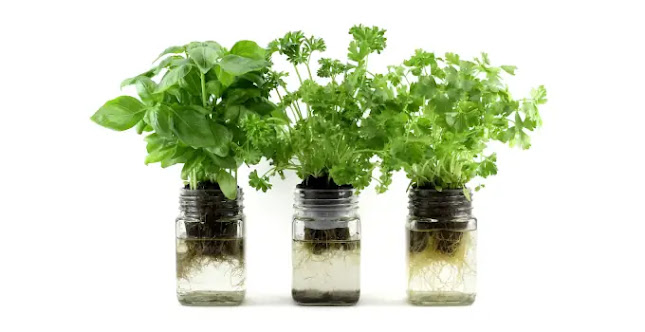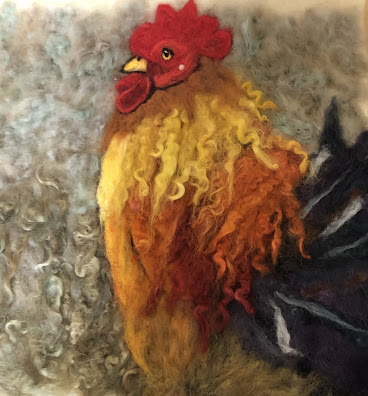I haven’t updated this blog since last Thanksgiving.
I’m tempted to say that life got away from me, that I didn’t realize the blog had been inactive for so long. I’m tempted to claim I was busy with other things and didn’t have the time or energy to devote to it. But the truth is more complicated.
The blog was never abandoned or forgotten. I devoted time to it every day. This draft was always open on my laptop or phone. I'm keenly aware of how long it's been a work in progress.
In the past, a piece like this would have taken me an hour to complete. But what you're about to read took a year to write, and it's taken me much longer to understand why writing has become such a struggle.
Writing is not one activity but many. When I was a full-time writer, editor, and English professor, my livelihood depended on my ability to do a number of tasks simultaneously.
I had to to be awake and fully engaged. I had to type on a keyboard and read from multiple pages and screens. I had to express ideas in words and then edit them for a variety of purposes and readers. Essentially, words had to come out of my head and into someone else's via my body.
Living with progressive chronic illness and intermittent disability means the unified skills I previously applied in harmony now happen mostly in isolation.
Sometimes, I get ideas but can’t use my hands to jot them down. Often, I’m able to sit up and type but can’t mentally form a sentence.
Occasionally, I try to read what I've written and feel as if I'm looking at a foreign language. My own voice memos, and the voices of people around me, sound like the teacher from Charlie Brown.
Many successful authors say the cure for writer's block is to eliminate all distractions and create a space where the only options are to write or do nothing.
If I followed that advice, most of my life would be nothingness, a state where my mind would create nothing but unkind thoughts and harmful ideations.
Conventional approaches aren't designed for writers who can't predict when we'll be capable of writing, when the stars will align and we'll be able to do everything required. We need different strategies.
When I can't write, I do something else. Years ago, I would have called that procrastination. Now I call it survival. I do whatever is possible without judging its comparative value.
If I can't finish my blog post, I read someone else's. On days my brain won't handle reading articles full of critical theory or scientific jargon, I opt for comic books and fan fiction.
When I'm too fatigued to read at all, I watch a movie. If I'm too unfocused to follow the plot of a new film, I put on an old favorite. Songs and dialogue I've already memorized help to drown out intrusive thoughts.
The detours and workarounds available to me depend entirely on what resources I can access. If my language comprehension takes a nosedive, I could shift to visual processing by taking a nature walk or visiting an art gallery, but only if I have access to public spaces.
If I'm not feeling up to walking or driving, I could still look at landscape photography and artwork on Pinterest, but only because I have access to a smartphone and Wi-Fi.
No matter what I do, I need to rest afterward. The previous paragraph required a nap.
As much as I wish I could do all the things all the time, limitations sometimes lead to new skills. Following a severe neck spasm, I started learning braille, as reading with a finger doesn't require lifting or turning my head.
My frustration with an inaccessible community garden spurred me to grow hydroponic herbs and vegetables indoors all year round. The inability to function in the morning has brought me a menagerie of exotic pets who didn't need to be walked.
Pain in my hands and arms prevented me from taking up painting, sculpting, or embroidery, but I discovered needle felting, which combines the best features of many artistic genres. A few months ago, I made this rooster.
Alternatives to writing--alternatives to doing nothing--only feel like failure if we place greater value on some pursuits than others. Nothing I do currently results in a paycheck, but none of it is a waste of time.
The TV shows and comics I once considered bubblegum for the mind proved to be my path to analyzing disability representation in popular culture. Social media platforms I'd written off as superficial distractions connected me to the broader disability community, even when many of us couldn't leave our beds.
In the year to come, I want to write about all these topics. I plan to post book reviews and share my thoughts on disabled characters. I'd like to say more about how I make crafting, gardening, and other hobbies more accessible. Most of all, I hope to amplify the voices of other disabled authors and activists.
But all of these plans come with the same caveat: the writing will take as long as it takes.


You, always, amaze me with your words. Thank you!
ReplyDeleteThanks!
DeleteThank you for sharing, you rock! I’m glad you wrote this piece and I look forward to reading more.
ReplyDeleteThanks for reading!
Delete